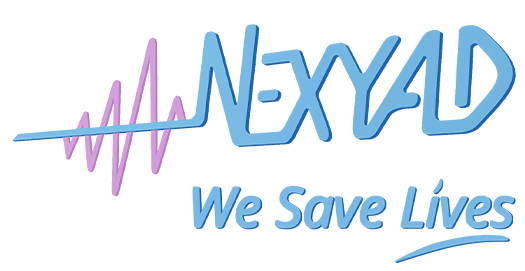Gathering Computer Vision Detection with Prediction and Risk Assessment: this is what we do!
Because most automotive engineers have no knowledge in Road Safety, they usually do not know that 75% of driving-risk come from a driving behaviour that is inadequate to infrastructure characteristics (geometry of curve, narrowness, pattern of intersection – angles, number of input and output lanes, functionality of infrastructure – pedestrian crossing, school zone, … -, road signs – traffic light, stop sign, …). So they focus on vehicle performance in passive safety (deformation of vehicle during a crash, safety belt, air bag, etc… and active safety, vehicle detection and reflexe : emergency braking (AEB).
NEXYAD do not build cars, but as software company, we worked for 20 years with road safety experts and road infrastructure experts on 8 major scientific programs to acquire this specific knowledge. This is why our minimum viable product for road safety can run onboard on a smartphone or any other device, and reduces accident rate by 25% with only a map, accelerometers, and GNSS.
This year we can add NEXYAD computer vision modules that bring other risk factors; ObstaNex which brings interdistance and presence of vulrenables, RoadNex which brings size of drivable surface, and VisiNex which detects lacks of visibility.
This brings a complete onboard road safety platform: under deployment for telematics (fleets and insurers), ADAS, and Autonomous Vehicle. Available for cars, motorcycles, buses, trucks, trams, and soon for bicycles and other vulnerable mobility systems.
It is time to join modernity, and integrate our best technology into your valuable solutions, available everywhere…




















